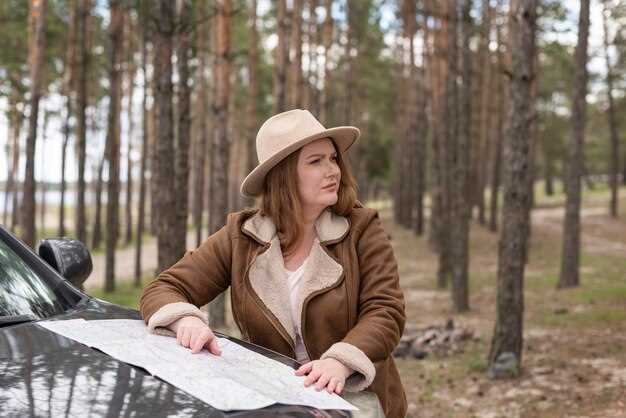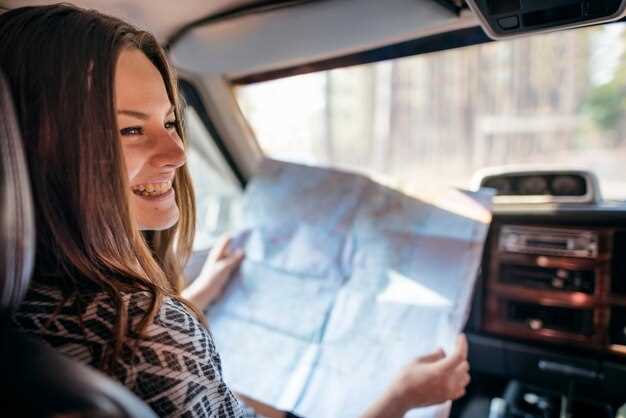
Creating a compelling narrative through a series of photos requires an understanding of both visual storytelling and the emotional journey of the viewer. Every photo serves as a chapter in your narrative, guiding the audience through the ups and downs of an experience. Whether it’s a thrilling bike ride through the mountains or a serene drive along the coast, each image needs to work harmoniously with the others to convey a cohesive message.
A well-crafted photo series doesn’t just capture moments; it encapsulates feelings, adventures, and reflections. Each shot must be intentionally sequenced to build anticipation and convey progression. This sequencing not only enriches the viewer’s understanding but also creates an immersive atmosphere that allows them to feel as though they are part of the journey. By focusing on key elements such as composition, lighting, and timing, photographers can create a powerful narrative flow that resonates deeply with the audience.
In this article, we will explore techniques for developing a ride narrative through photographs. We will discuss how to choose significant moments to capture, how to structure your series effectively, and the impact of visual coherence in delivering your story. Whether you are a seasoned photographer or just beginning, mastering the art of photo sequencing can elevate your storytelling to new heights.
Choosing the Right Location for Your Photo Series
Selecting the appropriate location is crucial for crafting a compelling photo series that captures the essence of driving. A well-chosen backdrop can enhance the narrative, evoke emotions, and provide context to your images. Consider landscapes that embody the spirit of the journey, whether it’s a winding mountain road, a serene beachside path, or a bustling urban environment.
Evaluate the characteristics of your desired location. A scenic route might offer stunning vistas, perfect for dramatic captures of your vehicle in motion. Alternatively, a cityscape can infuse energy into your series, showcasing the relationship between driving and urban life. Ensure that the environment aligns with the story you wish to tell, as harmonious settings create a coherent visual narrative.
Timing and lighting are also essential factors. Golden hour, shortly after sunrise or before sunset, adds warmth and depth to your photos. Scout locations in advance to identify the best spots for capturing the interplay of light and shadow. Incorporating different times of day can add variety to your series, allowing you to portray how places transform from day to night.
Accessibility is another critical consideration. Select locations that are safe and practical for shooting. You may want to have a backup plan in case of unexpected obstacles, such as road closures or inclement weather. Flexibility can allow you to adapt your vision while still ensuring continuity within your photo series.
Finally, think about personal connection. Choose locations that resonate with you or offer a sense of nostalgia, as this connection will reflect in your work. When the location holds significance, your passion will shine through each photo, enriching the overall storytelling of your driving experience.
Techniques for Capturing Movement and Emotion in Driving Photos

To effectively convey the essence of driving through a series of photos, it is essential to focus on both movement and emotion. These elements can elevate a photo narrative, fostering a deeper connection with the viewer.
One technique for capturing movement is the use of a slow shutter speed. This allows for the blurring of the background while keeping the vehicle in sharp focus, creating a sense of speed. Panning shots–where the camera moves parallel to the subject–help emphasize the dynamic nature of driving. This technique requires practice to achieve accurate tracking of the moving vehicle.
Another approach is to experiment with angles. Low-angle shots can make the vehicle appear more imposing, while high-angle shots can provide context and highlight the landscape being traversed. Aerial views can also add a dramatic effect, showcasing the path taken and the surrounding environment.
Emotion can be conveyed through framing and composition. Close-up shots capturing the driver’s expression or hands gripping the wheel can evoke feelings of joy, excitement, or concentration. Including elements like the open road ahead or a sunset in the background can further enhance the emotional resonance of the photo series.
Additionally, timing is critical in capturing spontaneous moments. Anticipate action, such as the driver laughing with friends or a splash of water from a tire on a rainy day, to create a narrative that reflects the thrill of driving.
Finally, post-processing techniques can enhance movement and emotion. Adjusting contrast can emphasize details, while selective blur can draw attention to specific aspects of the photo, amplifying the sense of speed or emotion present in the scene.
By combining these techniques, photographers can create a compelling series of driving photos that tell a vivid story, leaving viewers engaged and emotionally invested in the narrative of the ride.
Edit and Present Your Photos to Tell a Compelling Story

Editing your photos effectively is crucial for crafting a cohesive and engaging narrative. Begin by selecting a series of images that collectively represent your journey, ensuring each photo contributes to the overall storyline. This selection is foundational; choose images that evoke emotion or highlight key moments.
Post-processing plays a vital role in enhancing your series. Adjust brightness, contrast, and saturation to create a consistent mood across your photos. Consider using filters sparingly to maintain authenticity while enhancing visual appeal. Aim for a unified style that complements the narrative you wish to convey.
Arranging your series thoughtfully is essential. The sequence of photos should guide your audience through the story, creating a logical flow from one image to the next. Start with an establishing shot that introduces the scene, followed by close-ups and action shots that build on the narrative tension, and finally conclude with a reflective or closing image that ties everything together.
In your presentation, consider the platform you’ll use to showcase your series. Websites, social media, or physical prints each require a tailored approach to storytelling. For instance, social media thrives on concise, impactful visuals, while a dedicated website allows for more detailed captions or textual elements to enrich your narrative.
Finally, don’t underestimate the power of captioning. Thoughtfully written captions can provide context and deepen the viewer’s engagement with your series. Use them to highlight pivotal moments, share anecdotes, or pose questions that encourage reflection.





